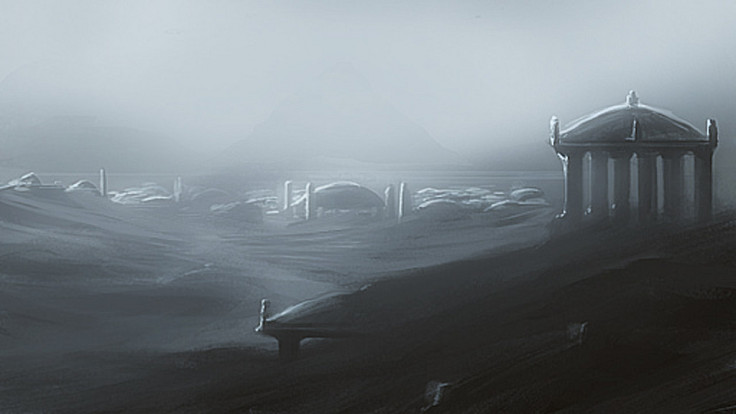'Atlantis gold' discovered in 2,600-year-old shipwreck off Sicily
Experts believe the ship was headed to Gela from Greece when it got caught in a storm and sunk

A metal believed by Ancient Greeks to have been used in Atlantis has been discovered off the coast of Sicily.
The cast metal, orichalcum, was found in a 2,600-year-old shipwreck about 1,000ft from the coast of Gela in southern Sicily, Discovery News reports.
Sebastiano Tusa, Sicily's superintendent of the Sea Office, told the website that the wreck dated to the first half of the sixth century BCE. Inside the wreck, divers recovered 39 lumps of the metal.
Experts believe the ship was headed to Gela from Greece or Asia Minor (Anatolia) when it got caught in a storm and sunk just before it was due to dock.
"Nothing similar has ever been found. We knew orichalcum from ancient texts and a few ornamental objects," said Tusa.
The Ancient Greeks believed orichalcum was invented by the Greek-Phoenician mythological character Cadmus. It is mentioned in the fourth century by BCE philosopher Plato in his Critias dialogue.
In it, he described the city of Atlantis as beaming with "the red light of orichalcum". The interior walls, floors and pillars of Temple to Poseidon and Cleito on Atlantis were said to be covered in the metal, with a pillar made from orichalcum standing in the centre of the temple.

Orichalcum is a golden-coloured bronze alloy. It was made by cementation through the reaction of zinc ore, charcoal and copper. Analysis of the 39 ingots showed they were made with about 75% copper, 15-20% zinc and small amounts of nickel, lead and iron.
However, not all experts are convinced of the nature of orichalcum. Enrico Mattievich, a retired physics professor and expert in mineralogy, palaeontology and archaeology, said he does not believe the mythical metal was brass-like.
Instead he believes it originated in the Peruvian Andes, where a set of metallic jaguars were found matching Plato's description of the metal. These were made of 9% copper, 76% gold and 15% silver.
While experts debate the nature of orichalcum, the Sicily shipwreck shows Gela was fast becoming a rich city.
"The finding confirms that about a century after its foundation in 689 BC, Gela grew to become a wealthy city with artisan workshops specialised in the production of prized artifacts," Tusa said.
"[The find] will provide us with precious information on Sicily's most ancient economic history."
© Copyright IBTimes 2025. All rights reserved.






















